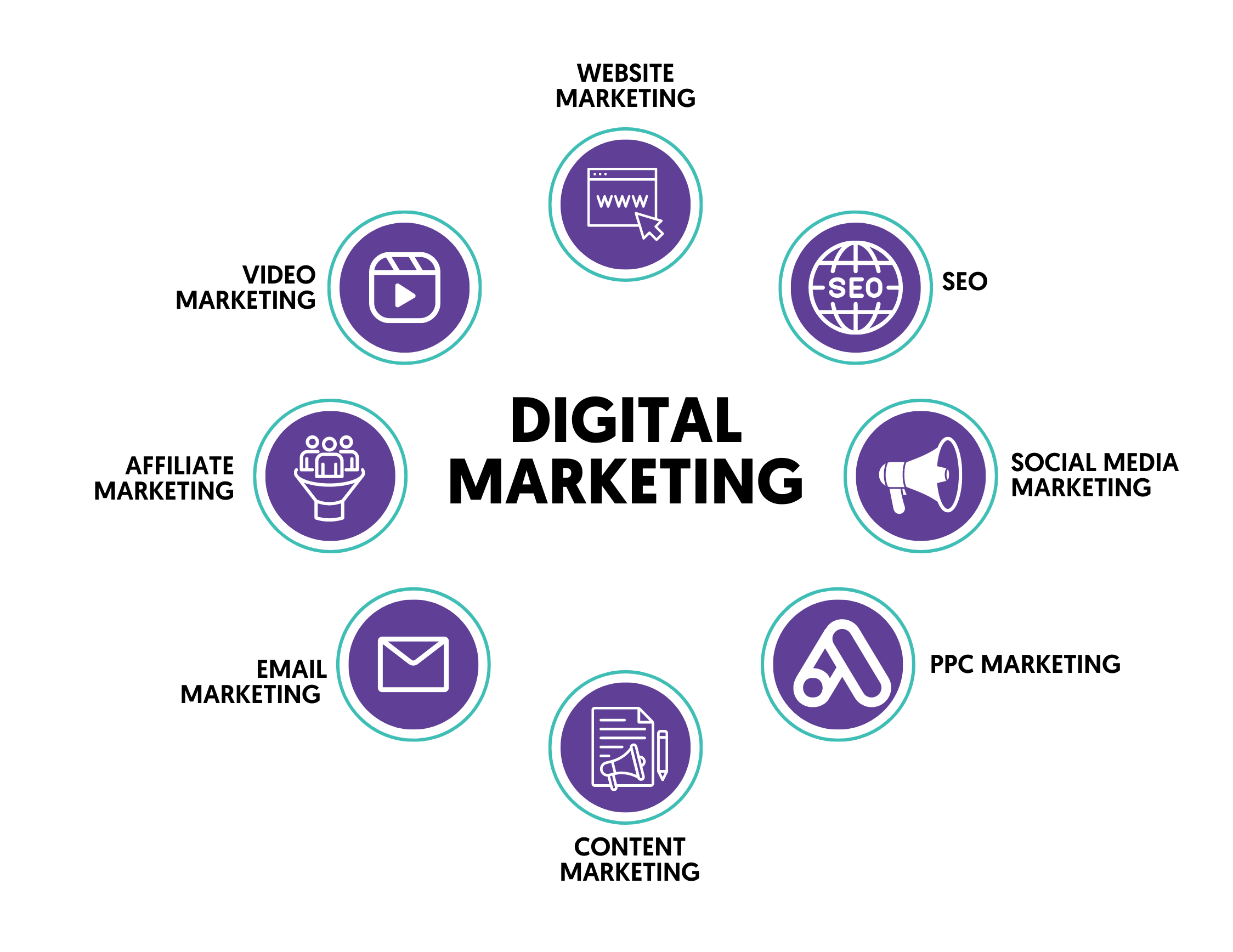Enhance User Experience and Drive Website Traffic With Receptive Internet Layout
In today's electronic landscape, where users are accessing websites from a multitude of devices, receptive internet design has actually ended up being much more important than ever before. With its capacity to adapt and seamlessly adjust to various screen sizes, receptive layout not just improves user experience yet likewise drives traffic to your internet site.
Why Responsive Web Style Matters
Receptive web layout is a necessary element of modern internet development due to its ability to ensure optimal user experience across different devices and screen dimensions. With the proliferation of mobile phones, tablet computers, and other smart phones, it has ended up being essential for internet sites to adapt and supply smooth performance no matter of the tool being used.
The main reason responsive website design issues is that it allows individuals to have a regular and pleasurable searching experience, despite the device they are utilizing. A receptive internet site automatically changes its layout, content, and layout components to fit the display size and resolution of the gadget, making sure that individuals can conveniently engage and browse with the website without any trouble or disappointment.
Additionally, receptive internet style likewise plays a substantial duty in seo (SEARCH ENGINE OPTIMIZATION) Internet search engine, such as Google, focus on web sites that are mobile-friendly and receptive in their search results page. By incorporating responsive design principles, sites can boost their presence and ranking, resulting in boosted natural traffic and potential consumers.

Boosting Customer Engagement With Responsive Layout
Optimizing individual interaction is an essential objective of receptive layout, as it guarantees that users can conveniently access and communicate with web site web content on any type of tool. With the increasing use tablets and smart devices, it is important for web sites to adjust to various screen sizes and resolutions. Responsive style allows sites to instantly adjust their layout and content to provide a smooth user experience across devices.
One of the main methods responsive design increases user engagement is by minimizing lots times. With a receptive web site, individuals do not need to await separate mobile versions to load, resulting in quicker access to material. This better speed leads to greater user fulfillment and encourages them to invest more time on the website.
Additionally, responsive style improves user engagement by boosting navigating and customer interface (The Ad Firm). When a website is made responsively, food selections and switches are maximized for touch communications, making it much easier for users to navigate and interact with the website on their mobile phones. This straightforward and user-friendly experience keeps individuals engaged and urges them to check out more of the internet site
Furthermore, receptive design permits better web content exposure and readability. By adapting the design and font sizes to various devices, receptive websites make sure that users can quickly understand the material and read. This enhances customer engagement by lowering the need for scrolling or zooming to read the text.
Boosting Website Web Traffic With Responsive Website Design
With the growing popularity of smart phones, having a web site that is receptive to various display dimensions and resolutions is essential for driving enhanced web traffic. In today's digital landscape, individuals are accessing sites from a range of gadgets such as mobile phones, tablets, and desktop computer systems. Each of these gadgets has different display dimensions and resolutions, and if your internet site is not designed to adjust to these variants, it can bring about a bad user experience and a loss of possible web traffic.
Receptive web style guarantees that your internet site looks and works ideally throughout all tools. By utilizing adaptable grids, liquid pictures, and media inquiries, responsive style allows your internet site to instantly readjust its web content, navigation, and design to fit any kind of display size. This suggests that customers will have a seamless browsing experience despite whether they are utilizing a small smart device or a huge desktop computer computer.
Key Aspects of Reliable Receptive Design
Reliable responsive design includes a number of key aspects that guarantee a smooth customer experience across various devices. Among these components is adaptable grids and layouts. By making use of family member devices like percents instead of fixed systems like pixels, developers can create designs that scale and adapt to fit various screen sizes. This permits material to be displayed in a readable and visually attractive fashion on any device.
Another crucial component is easy website design media queries. These allow designers to click to investigate apply different designs and formats based upon the qualities of the individual's tool, such as screen size and positioning. By utilizing media questions, developers can enhance the discussion of web content for each and every device, guaranteeing that it is legible and conveniently obtainable.
Receptive photos are also essential in efficient responsive design. Photos that are too huge can reduce web page tons times on mobile phones, while pictures that are as well little may appear pixelated on bigger screens. By utilizing methods such as responsive image resizing and lazy loading, developers can ensure that images are suitably sized and maximized for each and every device.
Finally, effective responsive layout includes a mobile-first method. This implies focusing on and creating material for mobile phones initially, and after that enhancing the design and expanding for bigger screens. This approach guarantees that the most essential content is conveniently available on smaller sized screens, while still supplying a rich experience on bigger gadgets.
Finest Practices for Implementing Responsive Website Design
Executing responsive internet style calls for cautious factor to consider of different best practices to ensure an optimum customer experience throughout various gadgets. When applying responsive internet design., right here are some key best practices to comply with.
Firstly, it is important to focus on mobile users. With the enhancing prominence of smart phones, making for mobile-first has ended up being vital. Start by creating for smaller sized screens and afterwards gradually enhance the design for bigger displays.

One more essential ideal method is to maximize pictures for various display resolutions. Big photos can slow down the filling time of your web site, especially on smart phones with slower connections. Usage responsive pictures that can be resized based on the tool's screen resolution to improve performance.
In addition, examination your web site on various gadgets and display dimensions to make sure a smooth and consistent experience. There are numerous screening tools offered that can assist you recognize any type of issues and make freelance web developer essential modifications.
Finally, prioritize use and accessibility. Ensure that your website is very easy to navigate, with clear and succinct web content. Make certain that your site is obtainable to people with impairments and adheres to access guidelines.
Final Thought
In final thought, responsive web style plays an essential duty in boosting individual experience and driving traffic to sites. By taking on responsive layout principles, internet sites can make sure optimal seeing experiences throughout different tools, leading to enhanced customer interaction.
Maximizing individual involvement is a crucial goal of receptive style, as it guarantees that customers can quickly access and engage with site web content on any tool. Responsive layout allows websites to immediately change their format and material to provide a seamless customer experience throughout devices.
Furthermore, receptive layout enhances individual involvement by improving navigation and individual interface.Receptive photos are also essential in efficient receptive design. By embracing receptive design principles, web sites can ensure ideal watching experiences across different tools, leading to increased individual engagement.
Comments on “Explore the Boundless Possible of Web Design: Igniting Digital Development”